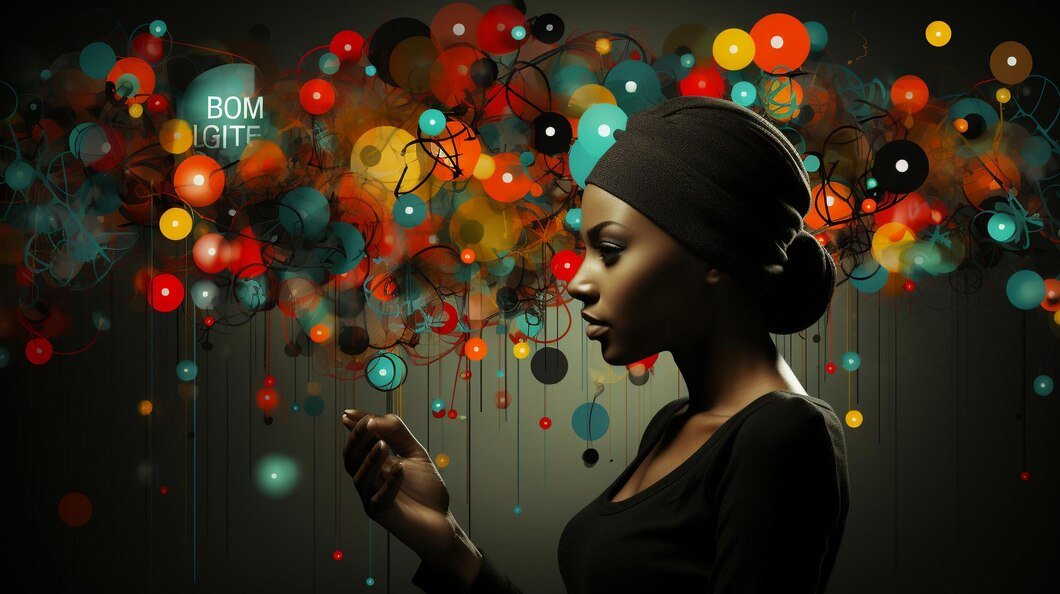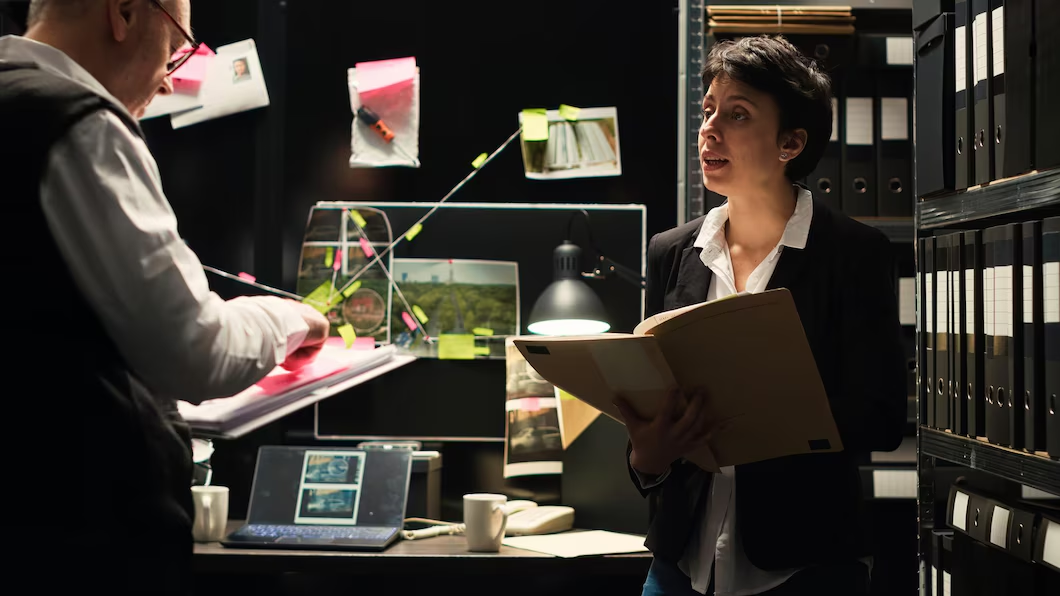In the world of digital media, real-time visual effects, and lighting control, Notch ArtNet DMX plays a crucial role. It combines Notch’s powerful visual effects software with the industry-standard DMX (Digital Multiplex) and ArtNet protocols for lighting control. Together, they enable artists, designers, and technicians to create synchronized, responsive visuals and lighting for live events, performances, and interactive installations. Understanding the core traits of this technology is key to leveraging its full potential in the world of digital media.
What is DMX?
DMX, short for Digital Multiplex, is a communication protocol used primarily in stage lighting and effects control. It allows various devices, such as lighting fixtures, fog machines, and moving heads, to communicate with each other through a single cable. By transmitting control signals to multiple devices on the same network, DMX simplifies the management of complex lighting setups.
What is ArtNet?
ArtNet is a network-based protocol designed to send DMX data over IP networks. It allows for more flexible and scalable lighting control across large venues or installations by distributing DMX information over an Ethernet connection. ArtNet makes it possible to control hundreds of lighting fixtures from a single controller, expanding the potential for more complex lighting designs and effects.
Notch: Real-Time Visual Effects Engine
Notch is a real-time content creation tool used for creating interactive, immersive visual effects. From virtual production to live event visuals, Notch is designed to work seamlessly with DMX and ArtNet protocols, allowing artists to link lighting effects with visuals dynamically. This opens up a whole new realm of possibilities for synchronized, real-time performances where lighting and visual effects respond to live data or events.
Key Traits of Notch ArtNet DMX
- Real-Time Control: One of the main features of Notch ArtNet DMX is its ability to control lighting and visual effects in real time. Whether it’s a concert, theatre performance, or interactive art installation, designers can adjust visuals and lighting instantly.
- Seamless Integration: Notch integrates smoothly with both DMX and ArtNet, meaning it can handle complex lighting setups with ease. It allows lighting designers to create synchronized lighting effects that align perfectly with visual content.
- High Flexibility: Both DMX and ArtNet protocols provide flexibility in terms of controlling multiple devices. When integrated with Notch, this flexibility is expanded to include not only lighting but also real-time generated visuals, resulting in immersive and responsive environments.
- Interactive Capabilities: Notch’s ability to process real-time data, such as live feeds from motion capture or audio analysis, means that visual effects and lighting can react to performers, music, or audience interactions, creating a more engaging experience.
- Scalability: Using ArtNet’s IP-based control, a large number of fixtures and visual systems can be connected across different networks and locations, making it ideal for large-scale productions or events where complex lighting setups are required.
The Importance of Notch ArtNet DMX in Live Performances
For live shows and events, Notch ArtNet DMX offers a way to merge lighting and visuals into one cohesive production. For example, in concerts, the music can control both visual effects and lighting, with changes in tempo, rhythm, or intensity reflected in real-time projections and lighting cues. This integration adds depth to performances, making them more immersive and engaging for the audience.
Notch ArtNet DMX in Interactive Installations
In interactive installations, Notch ArtNet DMX enables the creation of environments where visuals and lighting respond to audience movements or inputs. Motion tracking sensors can be used to detect where a person is standing, triggering corresponding changes in both lighting and on-screen visuals, making the experience feel alive and responsive.
Why DMX and ArtNet Matter in Digital Media

Both DMX and ArtNet are essential in the modern world of digital media because they provide a standardized way to control complex lighting and effects. With the growing trend of immersive and interactive experiences, having the ability to control multiple devices (lighting, video, sound) simultaneously through a reliable and scalable protocol like ArtNet makes productions more streamlined and efficient.
Conclusion
The integration of Notch, DMX, and ArtNet represents a powerful combination for anyone involved in digital media, stage production, or live events. Together, they offer flexibility, real-time control, and scalability that make it easier to create stunning visual and lighting experiences. Whether you’re a lighting designer, digital artist, or production technician, understanding how these systems work together opens up exciting possibilities for future productions











